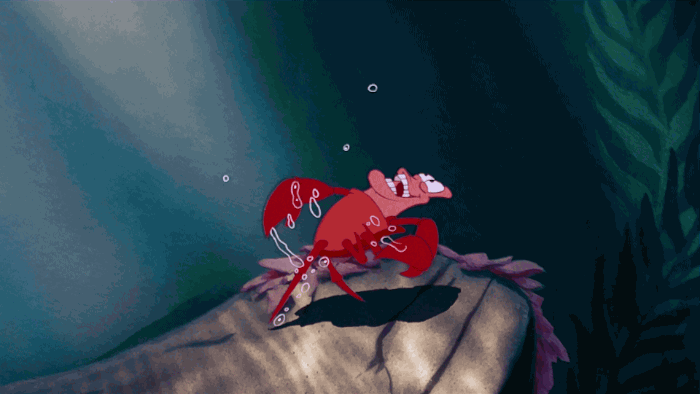
summarizing under the sea
Reading to Learn
Katie Wickes

Rationale: Summarization is a very powerful tool for comprehending text, and it is important that students learn to summarize after reading. Through summarization, students can learn how to delete frivolous and unnecessary information from a text. Throughout this lesson, students will learn to summarize by practicing reading a text and making a summary.
Materials:
-
Pencil and paper for each student
-
Individual copies of the article Under Attack
-
Individual copies of the article A Home for Elephants
-
Summarization checklist and comprehension quiz
Procedures:
-
Say: “Summarization means to find the most important information in an article. If we didn’t summarize texts we could spend all day trying to remember all the words and details in the story. Good readers don’t try to remember everything, just the important stuff! In order to find this important information, what are some things we might need to do? Right! We need to get rid of all the information that doesn’t help us answer the overall question.
-
Say: This piece of paper I’m passing out has all the steps to help you summarize. Let’s read step-by-step! The first step is to find the main idea in the passage and develop a topic sentence. The next step is to read through the article again, and find the supporting details. This step is where we weed out the unimportant information that’s not absolutely necessary to include in our summary. One easy way to eliminate these details is just to mark through them with your pencils. After you have found your supporting details and eliminate unimportant details, you can begin to write your summary. A summary is a brief overview of what you have just read. Your summary should be short, and be sure not to copy word for word what was stated in the article!
-
Say: I’m handing out an article titled "A Home for Elephants". What do you think this article is going to be about? What does the title tell you? Good thinking! Let’s go through some new vocabulary that’s in this article.
-
Bush: an area of wild, undeveloped land. Many types of wildlife can be seen in the African bush.
-
Tusk: a very long, large animal tooth that sticks out of an animal’s mouth. Walruses have two tusks.
-
-
(Read the article aloud to the class) then say: Now that we know all about elephant Orphanage Project, let’s think about how we would summarize this passage. First, let’s ask ourselves, what is this article talking about? Elephants, right! So now that we know elephants are our main idea, let’s highlight the word ‘elephants’ in yellow highlighter. Now let’s find some important details that help us answer the questions, what about elephants? What is this story telling us about elephants? You’re right! The article tells us about the Elephant Orphanage Project. Let’s take this a step further, what about the elephant Orphanage Project does the article tell us? Very good! This information is called “supporting details” and these are important to find because it helps us defend what we think the main idea is! What else is another supporting detail of this article? (Wait for student responses). Very good! Now who can tell me a piece of information in this article that’s “fluff” or information that we don’t need. Good work everyone!
-
(After giving the students time to summarize, inform them that we must look for a topic sentence) Say: “Now that we have all of our important information, what will our topic sentence be? Remember, the topic sentence needs to include the main idea of the passage. If I just summarized the first paragraph my topic sentence would be: “The Elephant Orphanage Project helps baby elephants.”
-
Say: Now that we’ve finished our summary, let’s go back and check if we have all the necessary components for a good summary. First, do I have a topic sentence? Did I include supporting details? Did I get rid of unimportant information? Is my summary 3-5 sentences? Well done!
-
Say: Now that we have practice summarizing an article together, I want you to try it on your own! I’m passing out another article titled "Under Attack", and I want you to use your summarization checklist to summarize this article all on your own.
Assessment:
To assess the students on the process of summarizing, I will ask them to turn in their copy of the passage and examine it to see if they have picked out and crossed out the correct details.
Summarization Checklist Sample:
-
Find the main idea of the passage and develop a topic sentence.
-
Read the article again to find supporting details.
-
Cross out unimportant information.
-
Write your summary.
Comprehension Questions?
-
What is one cause of bleaching in the Coral Reefs?
-
What do coral reefs do for sea creatures?
-
What types of animals live in coral reefs?
References: